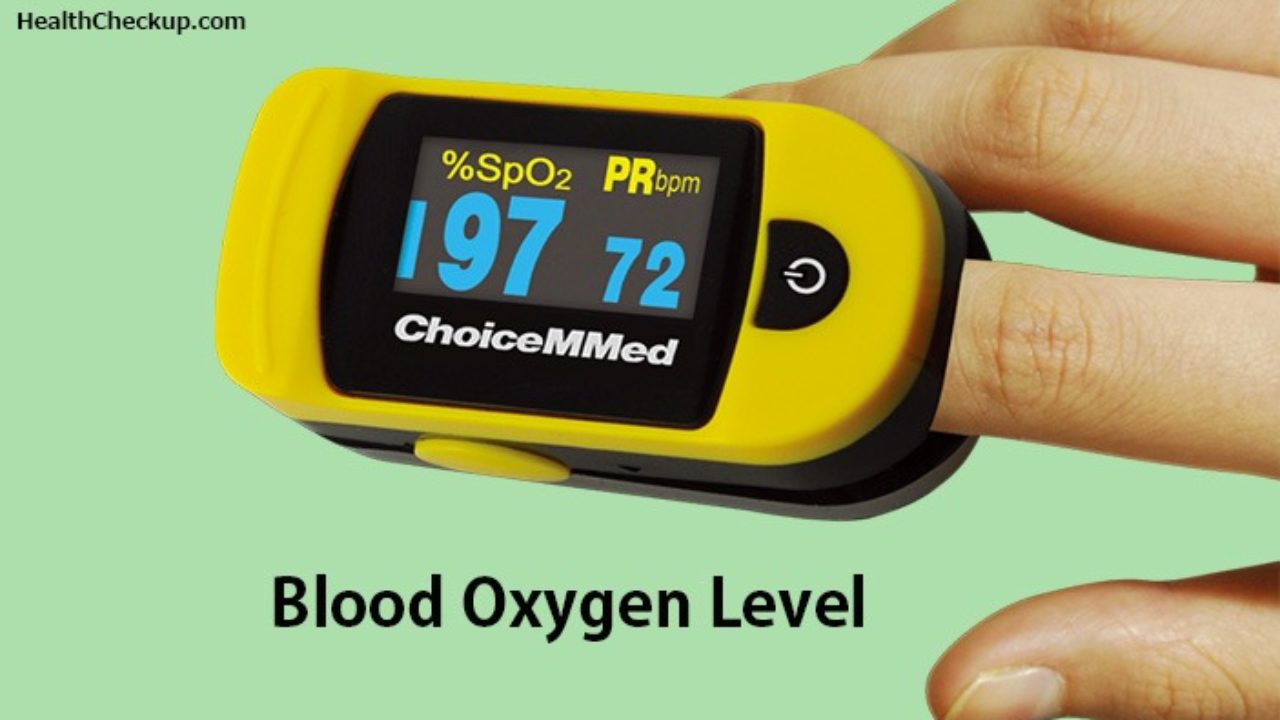This is called a low grade fever. Fever occurs once in four days or 72 hours malaria due to Plasmodium malariae.
What Causes A Fever And When To Seek Medical Attention
Fever occurs once in 3 days or 48 hours malaria.

Different types of fever. Terms used to characterise fever types include. These fevers are also commonly low-grade. Fever when occurs may last for 2-9 days and then temperature gets normal.
Modest grade ranging from 391C 40C. Intermittent fever the temperature of body comes to normal during the certain time of day. A fever that appears to change by 1 degree within a 24-hour period.
The Duration the Fever. A number of types of fever were known as early as 460 BC to 370 BC when Hippocrates was practicing medicine including that due to malaria tertian or every 2 days and quartan or every 3 days. Continuous fever there is continuous fever with the fluctuation of only 1F.
The two types of typhoid fevercan be categorized into. Here are the 3 major types of illness and the causes and treatment of each. An acute illness caused by the Salmonella Paratyphi bacteria.
It is typically seen in Borrelia infections. Fever or pyrexia means means an increase of more than 1 degree centigrade or any rise above the maximal normal temperature. These fevers are typically low-grade.
These fevers could also be a telling sign of a more serious health condition. The body temperature is the temperature of the viscera or the tissues of the body. Different types of fever.
Read this article to know how to measure body temperature different types of fever like continuous fever intermittent fever and the others. Persistent fever or prolonged fever. Where the temperature remains above normal throughout a 24-hour period and does not fluctuate more than 1 Celsius in 24 hours.
The nature or the type of the fever and the duration should be considered as there are many types which could help narrow down the differential diagnosis you are considering. This type of fever occurs when your body temperature is elevated but only rises to one degree higher than the normal temperature. Temperature never touch normal.
Hyperpyrexia over 411 centigrade. Constant fever or continuous fever. A fever that lasts between 10 and 14 days or longer.
A serious illness caused by the Salmonella Typhi bacteria Paratyphoid fever. Types of Fevers. Remittent fever there is persistent fever but the fluctuation is more then 1F.
Lowest grade ranging from 381C 39C. Fevers are categorized depending on how long they will last how high the fever is and if they come and go. This type of fever occurs in lobar pneumonia typhoid urinary tract infection infective endocarditis brucellosis and typhus.
It also became clear around this time that fever was a symptom of disease rather than a disease in and of itself. Qtidian fever it is intermittent fever but it occurs daily. A high grade fever happens when your body temperature is 103F 394C.
Consequently fever is different from heat stroke and hyperthermia where body temperature is elevated without a corresponding elevation of the thermal balance point. High grade ranging from 401C -411 centigrade. This type is seen in patients with typhoid fever and infective endocarditis.
The temperature remains above normal throughout the day and fluctuates more than 2 degree Celsius in 24 hours. This type of fever occurs in lobar. Adults typically have a fever if their body temperature increases to 1004F 38C.
The fever may relapse after a period of few days repeating the same cycle.











